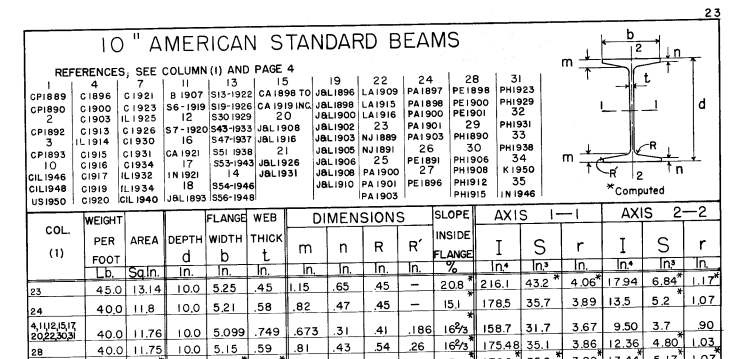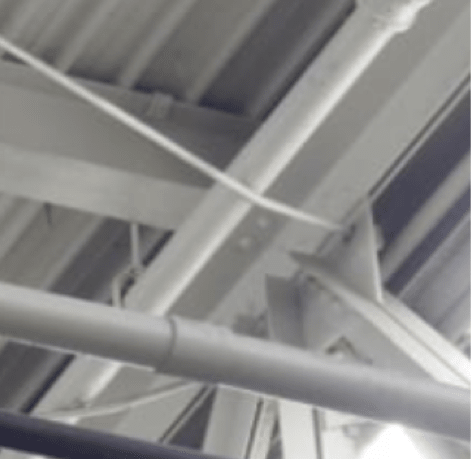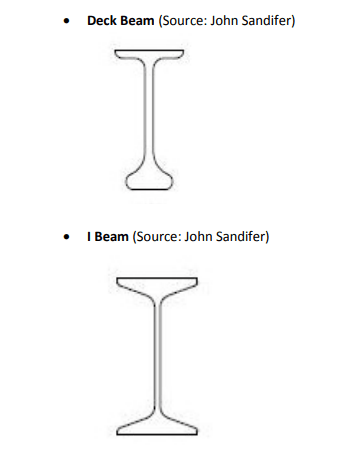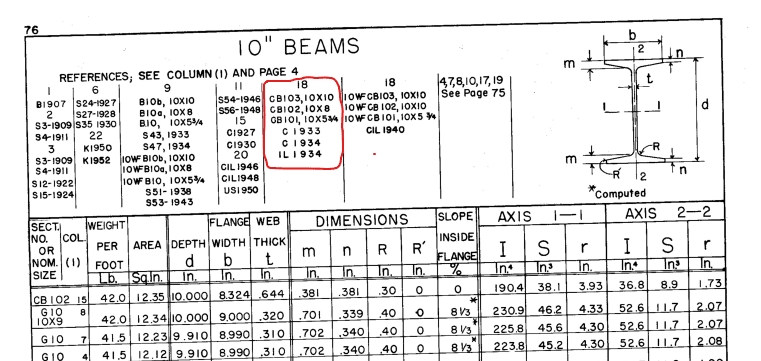Hi Everyone,
I wanted to get some additional opinions on my situation.
I am inspecting x-bracing in an 1930s warehouse. Roof bays are 20 ft wide, supported by trusses spanning 100'. The roof bays alternate from a 'high hat' at the top of the trusses to a low roof at the bottom.
It the high hats, many of these braces have been bent or cut entirely over the years. See below for an example bent around a fire pipe.
My thought is that these braces are the roof diaphragm, and are thus needed for the lateral system. However, another engineer in our group seems to think these were only used for construction purposes during the erection of the truss, and once the decking is on are no longer needed.
Do you think these braces are required?
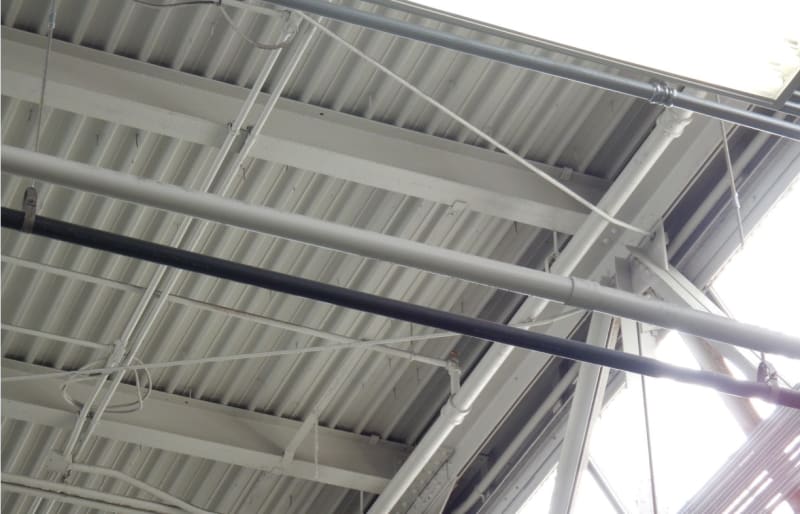
I wanted to get some additional opinions on my situation.
I am inspecting x-bracing in an 1930s warehouse. Roof bays are 20 ft wide, supported by trusses spanning 100'. The roof bays alternate from a 'high hat' at the top of the trusses to a low roof at the bottom.
It the high hats, many of these braces have been bent or cut entirely over the years. See below for an example bent around a fire pipe.
My thought is that these braces are the roof diaphragm, and are thus needed for the lateral system. However, another engineer in our group seems to think these were only used for construction purposes during the erection of the truss, and once the decking is on are no longer needed.
Do you think these braces are required?


![[bigsmile] [bigsmile] [bigsmile]](/data/assets/smilies/bigsmile.gif) )
)